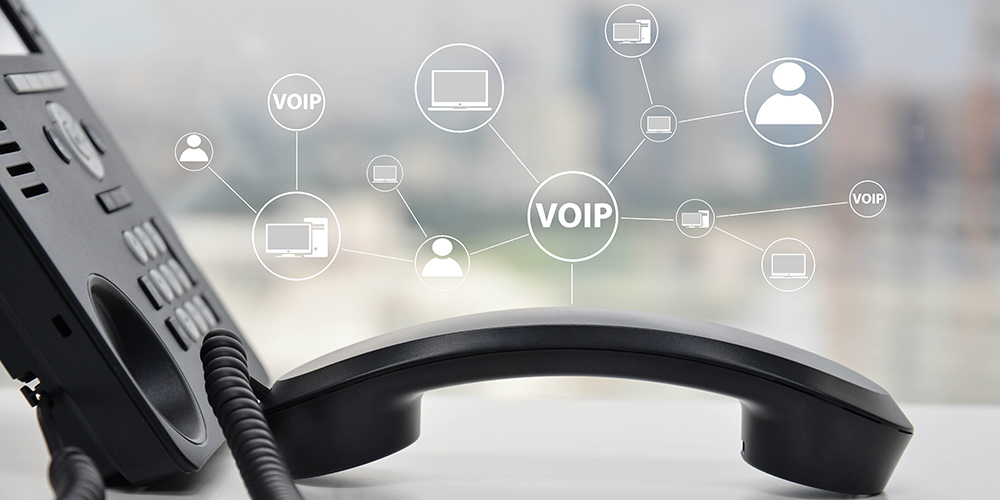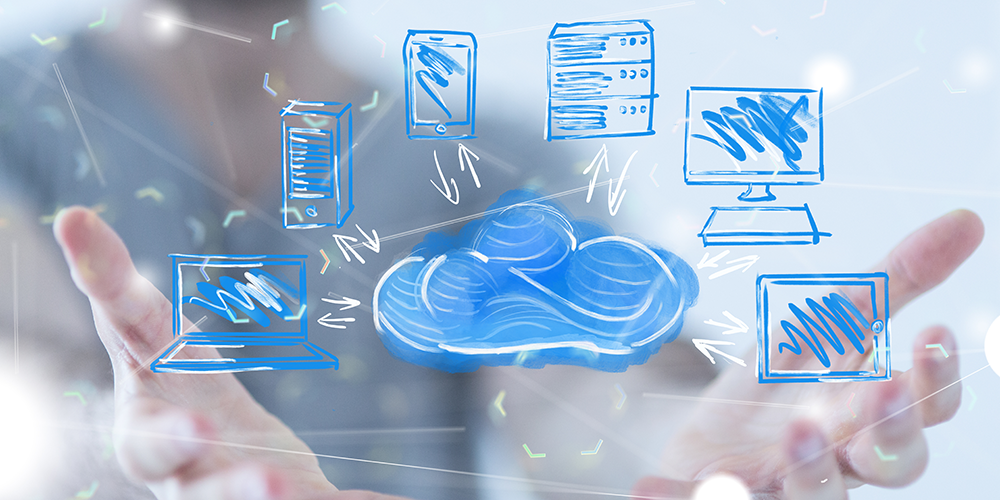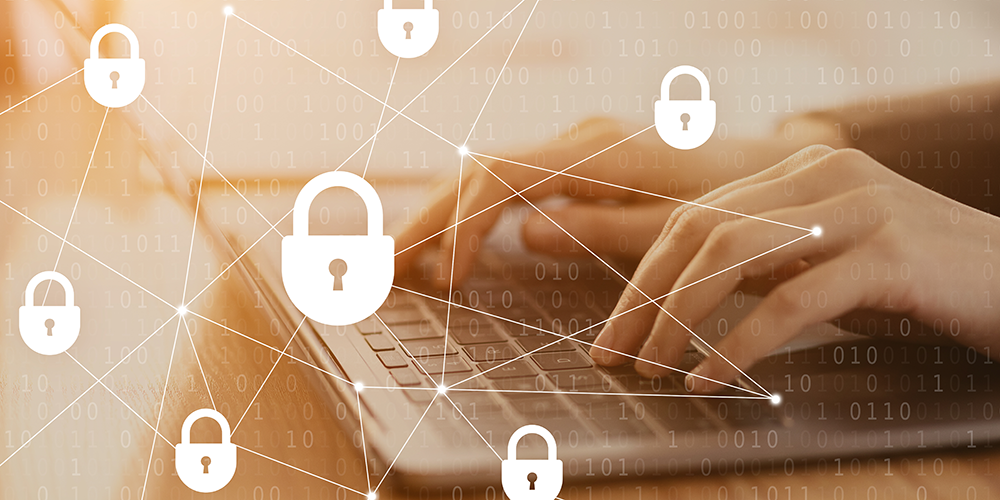
Mar 16, 2023 | SMB Technology, SMB Technology, SMB Technology, SMB Technology, Technology News
According to a recent IDC survey, fears of an economic recession still loom. How can you target your company’s IT spending, getting the most for your dollar while staying within your IT budget? Read on to learn more about allocating your tech spending in the months to come. How Economic Outlook Influences Technology Spending According to Gartner, tech spending in 2023 is estimated to reach $4.6 billion. Yet an IDC survey paints a more cautious picture. According to the results of this survey, small to medium-size businesses are fearful about an economic downturn in 2023. About 60% of SMBs surveyed expect at least a moderate recession, and 20% anticipate a severe downturn. Does this mean putting the brakes on all IT spending? Not necessarily. Allocate Spending Wisely to Meet Business Goals Rather than stopping all new spending, SMBs need to consider purchases in light of how they support overall business goals. For example, automation is a current trend. How will it help your business? Which processes can be automated, and what business goals are supported? Automation can help save on labor costs, too. Chief Information Officers (CIOs) need to work with Chief Financial Officers (CFOs) to determine what purchases will deliver the best ROI relative to cost. A good first step is an IT audit. Starting with an Information Technology Audit An information technology audit involves investigating and evaluating your company’s IT systems, infrastructure, policies and operations. An audit helps determine what assets your company currently owns, and where these assets currently are in their life cycle. What assets are in depreciation, and need to be...

Mar 9, 2023 | SMB Technology, SMB Technology, SMB Technology, SMB Technology, Technology News
How do you know how strong, secure and flexible your company’s IT network is? Does network traffic move along seamlessly, or get bogged down by insufficient bandwidth or other bottlenecks? Even more important, can you count on your network to keep your data secure, safe from attack or compromise? Read on to learn more about assessing the health of your network by answering these and other questions. The Marks of Network Health A healthy network has enough bandwidth to handle traffic from mission-critical business activities, the flexibility to provide failover for seamless operation and the security to protect data and applications from compromise. Your network is the backbone of your IT infrastructure, and digital transformation, data protection, cloud computing, communication and collaboration applications all depend upon a strong network to function at their best. Performing an Audit of Your Network Has it been a while since you’ve assessed your network’s health? An audit is a good place to start. The gathering, analysis and study of network data can show where weak spots lie, whether they’re bottlenecks that traffic can’t clear, or spots in the network that aren’t secure. Operating system patches can be applied, and any versions of anti-virus and anti-malware definitions updated. With a clear idea of your network’s strength and security, it’s easy to know what to fix. Consider the Human Element of Network Security Technological tools aren’t all that’s needed to safeguard your network. Your workers also play a vital role. If they manage their passwords well by establishing hard-to-guess ones at the start and changing them periodically, they can...

Feb 13, 2023 | SMB Technology, SMB Technology, SMB Technology, SMB Technology, Technology News
Business phone communication used to be based in the office. Now, with the technology of VoiceOver Internet Protocol (VoIP for short), you can communicate anywhere, anytime, on any device. Read on to learn more about this modern cloud communication option. Business Benefits of Internet Phone Service While different providers offer different features and options, what they have in common is using modern cloud phone communications. With traditional phone lines, a company is charged for not just each (additional) line, but for the time spent on calls. A “virtual” phone uses VoiceOver Internet Protocol (VoIP), converting voice to data and transmitting this over a broadband Internet connection. Internet phones use an Internet connection via a router, to which additional lines can be added. The VoIP technology brings all the benefits of cloud computing–the provider manages the infrastructure and backend operations. The expenses of on-premise infrastructure and overhead are reduced, and the service is payable on a subscription basis. Internet-based phone services are perfect for remote work, since workers can communicate using an Internet connection, working anytime and anywhere. Considerations for Using Virtual Phones With the business benefits of VoIP phones, your company will need to consider how the technology will help you realize business goals. If you want to hire remote workers, for instance, you will need to make sure their devices (mobile phones, laptops) are secure when connected to your network. Also, is your network strong enough to handle broadband traffic? When choosing a service provider, it’s best to think of how features they offer will mesh with your needs. Finally, the security of your...

Feb 2, 2023 | SMB Technology, SMB Technology, SMB Technology, SMB Technology, Technology News
With more people connected to company networks both inside and out of the office, a virtual desktop solution makes sense. What if your company can use such a solution, without having to maintain on-premise infrastructure and its costs? Read on to learn more about Desktop as a Service (DaaS), a cloud-based virtual desktop solution Business Benefits of Desktop as a Service (DaaS) Desktop as a Service, a cloud-based virtualization solution offers an Internet-based way to access cloud computing resources without having to maintain on-premise infrastructure and manage capital expense. With the cloud service provider handling the back-end infrastructure, your workers just need to access an Internet connection. Desktop as a Service uses a subscription-based billing model, charging just for what is used. Therefore, the capital expense of on-premise infrastructure is converted to a flexible operating expense. Speaking of flexibility, DaaS allows your organization to scale up and down in usage of computer resources – adding devices and users during busy seasons, and disconnecting as needed. With data at geographic data centers instead of on devices connected to the cloud, risk of data loss or compromise decreases. Finally, because of its ability to accommodate remote workers, DaaS is helpful to work anywhere, share applications and enable business continuity and disaster recovery efforts. Considerations in Adopting Desktop as a Service WIth all its benefits, certain questions remain to be answered. First, does your cloud service provider’s data centers strictly follow data handling regulations, including ones your company’s obliged to follow? Does the CSP take care of software needs, so that your workers don’t have to perform updates...

Jan 16, 2023 | SMB Technology, SMB Technology, SMB Technology, SMB Technology, Technology News
Attacks and threats producing attacks continue to occur. How can your company keep up, and protect itself from financial, legal and other consequences? Cyber resilience, the ability to recover from a cyber attack, involves people and processes even more than technological tools. Read on to learn more about helping your organization plan how to keep going in the face of an attack. Cyber Resilience Involves People and Processes Cyber resilience is more than just technological tools protecting your organization. Cybersecurity is part of it, but not all Cyber resilience has to do not just with preventing a cyber attack, but recovering from the damage and evaluating the response. This evaluation may include changes in policies and procedures. According to a CompTIA Community Blog post, people can be the most important asset in defending against – and in some cases recovering from – a cyber attack. What Causes Cyber Attack? According to statistics, more than 50% of cyber attacks and resulting data breaches stem from human error. Lack of training is a primary source of risk. Do employees know what to do if they get a phishing email? Do they know what one looks like? What are your workers’ skill sets, knowledge, levels of training? How well has your company defined processes for cyber security, disaster recovery, and monitoring? Though cyber resilience processes can be defined by executives, everyone plays a part in protecting your company. Performing a Cyber Resilience Assessment and Moving Forward While developing policies, processes and procedures can seem daunting, some resources can get you started. A good starting point is evaluating...

Jan 10, 2023 | SMB Technology, SMB Technology, SMB Technology, SMB Technology, Technology News
How do you know if your company’s cybersecurity efforts are working? Is the lack of a data breach enough to tell you that you’re doing well? Maybe, maybe not. Read on to learn about analyzing your risks and using that information to keep your systems and data safe, and your company doing business. Start with Analyzing Your Company’s Risks It used to be that companies just needed a firewall, some security patches and endpoint protection to protect digital assets. Nowadays, the secure perimeter is far outside company walls, with numerous endpoints connected to networks as employees work anywhere and everywhere. Events of the past few years have introduced new security challenges, including the uncertain security of network endpoints. More than tools, a comprehensive understanding of your firm’s risks and the consequences of these risks will help with security efforts. A good place to start is considering your company’s unique risk picture. What are your mission-critical data and applications, and what are the consequences of a data breach? Perhaps your business is subject to compliance regulations like HIPAA or PCI-DSS, or even GDPR. Financial and reputational consequences also exist, like the cost of downtime and clients’ trust in you to keep their data safe. Multiple Layers Increase Security A layered approach to security, more than any single technical tool, will help protect your company’s digital assets. Network monitoring is one such layer, showing both normal and suspicious activity. Multi-factor authentication protects your workers by keeping information out of the hands of attackers. Training your workers to spot phishing emails that can carry ransomware, and educating them...







